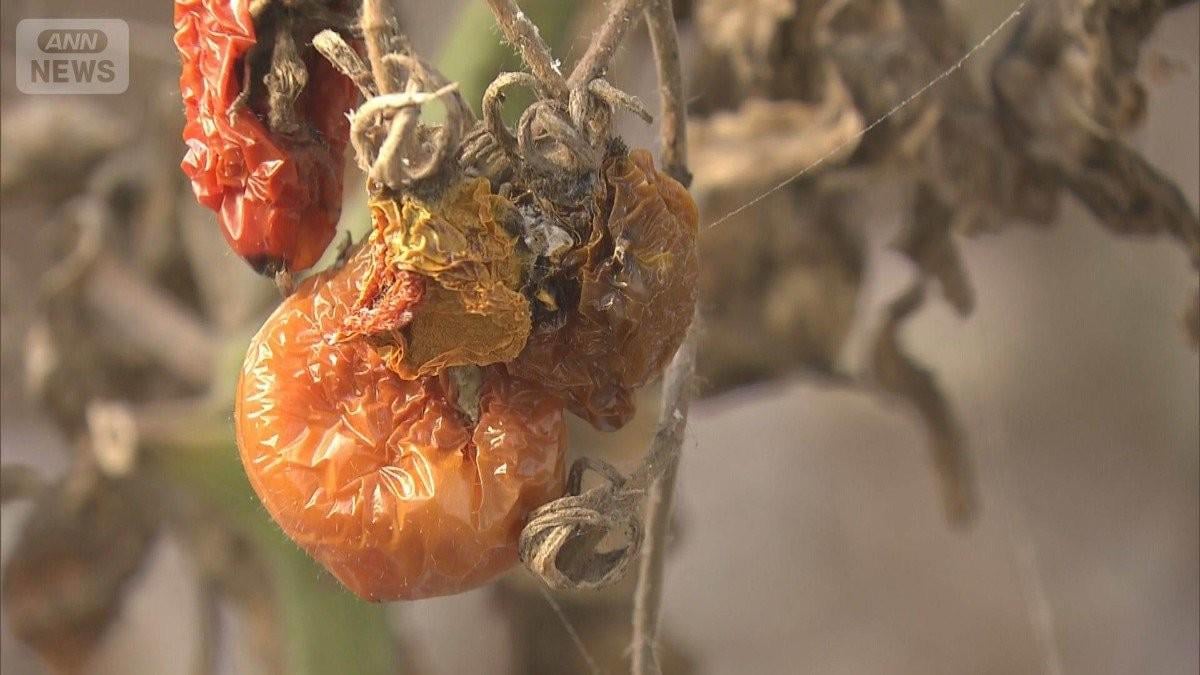
On the 2nd, Japan experienced both extreme heat and localized heavy rain. In the evening, the Kansai region saw heavy rain, with about 100 millimeters falling in an hour in Kyoto City. This led to record-breaking short-term heavy rain warnings. A similar warning was also issued for Tatsuno City in Hyogo Prefecture later that night.
Earlier in the day, surprise thunderstorms occurred across Japan earlier than on the previous day. In Katashina Village, Gunma Prefecture, approximately 120 millimeters of rain fell in an hour by 2:20 PM, prompting another record-breaking rain warning. In Kaminoyama City, Yamagata Prefecture, severe rain caused flooding, leading to the temporary suspension of the Yamagata Shinkansen.
By the afternoon, a total of eight heavy rain warnings had been issued for regions including Tohoku and Kanto. Meanwhile, Western Japan experienced intense heat, with the highest temperatures recorded in Ebino, Miyazaki, and Kurume, Fukuoka, at 37.6°C.
The ongoing record heat has had significant impacts. In Matsuyama, Ehime, 600 kg of tomatoes were ruined due to the heat. The tomato plants, growing in farming houses, withered as the temperatures rose suddenly after the region entered the rainy season. Despite ventilation efforts, the abrupt shifts from rain to extreme heat led to the plants drying out and dying, conditions worsened by climate change.
Yamamoto-san, a tomato farmer, lost over 3,000 tomato plants for the first time in his 24-year farming career. With seasonal shifts, he plans to grow heat-tolerant open-field vegetables. He fears that unusual weather may become the norm and stresses the need to adapt to these changes to mitigate future losses.
by MagazineKey4532
